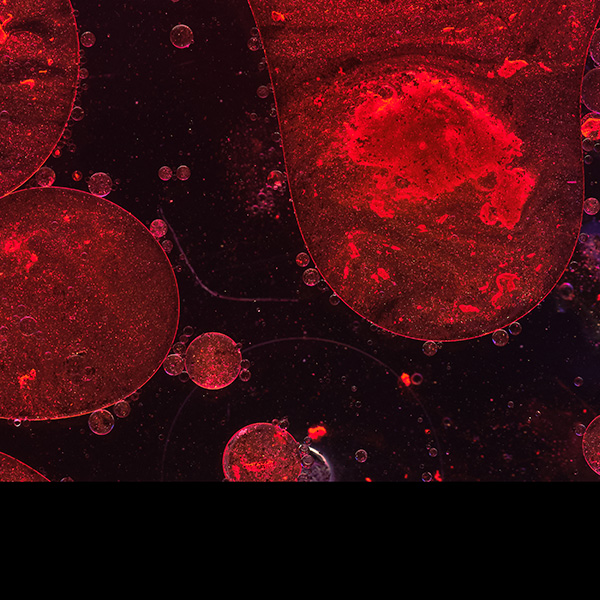Key Benefits
- Check sex hormone balance to evaluate possible female hypogonadism.
- Spot ovarian insufficiency: high FSH/LH with low estradiol indicate ovarian underactivity.
- Clarify central causes: low-normal FSH/LH with low estradiol suggest pituitary-hypothalamic issues.
- Explain irregular cycles, hot flashes, and dryness by quantifying estrogen and progesterone.
- Guide treatment choices, including hormone therapy, ovulation induction, and bone protection plans.
- Protect fertility and support conception by confirming ovulation and luteal sufficiency.
- Track trends over time to confirm diagnosis and monitor response to therapy.
- Interpret results with cycle timing, contraception or hormones, and your symptoms.
What are Female Hypogonadism
Biomarker testing for female hypogonadism maps the body’s reproductive control system—the conversation from brain to ovary—and shows where it breaks down. Signals from the brain’s control centers (hypothalamus and pituitary) are seen in pituitary messengers (FSH and LH). Ovarian response is reflected by estrogen output (estradiol) and evidence of ovulation (progesterone). Ovarian supply lines—the pool of recruitable follicles—are suggested by egg‑reserve markers (AMH) and related ovarian peptides (inhibin B). Tests for prolactin and thyroid hormones (TSH, free T4) reveal common signal‑blockers that mute reproductive circuits. Androgen measures (testosterone, DHEA‑S) and the carrier protein that sets their availability (SHBG) show whether excess or deficiency of these hormones is influencing the system. Together, these biomarkers distinguish an ovary‑origin problem (primary ovarian insufficiency) from a brain/pituitary signal problem (hypothalamic–pituitary hypogonadism), explain symptoms like missed periods, hot flashes, or low libido, and inform risks to bones and cardiovascular health driven by low estrogen. In short, they provide a clear, organ‑by‑organ readout that guides precise, targeted care.
Why are Female Hypogonadism biomarkers important?
Female hypogonadism biomarkers—LH, FSH, estradiol, and progesterone—map the health of the hypothalamic‑pituitary‑ovarian axis. They don’t just predict periods and fertility; they signal how well the brain, bones, heart, metabolism, and mood are supported by ovarian hormones across the lifespan.
Typical cycle-phase patterns help anchor interpretation. Outside the mid‑cycle surge, LH often sits around 2–12 and FSH around 3–10. Estradiol is roughly 30–100 early in the cycle, rising to 150–400 around ovulation, then 60–200 in the luteal phase. Progesterone is usually below 1 before ovulation and reaches about 5–20 mid‑luteal. “Optimal” tends to be mid‑range baseline gonadotropins, a clear estradiol rise near ovulation, and a robust mid‑luteal progesterone; extreme or flat patterns suggest disruption. In teens, prepubertal levels are low by design, then rise with puberty; in pregnancy, estradiol and progesterone climb far above nonpregnant ranges and are interpreted differently; after menopause, estradiol and progesterone are low while FSH is high.
When these values are low for age and cycle phase, physiology points to reduced ovarian hormone production or upstream signaling. Low estradiol and progesterone bring irregular or absent periods, hot flashes, vaginal dryness, low libido, sleep and mood changes, and bone loss; in adolescents, delayed breast/uterine development and primary amenorrhea may appear. Low or low‑normal LH/FSH with low estradiol suggests hypothalamic or pituitary suppression (stress, under‑nutrition, chronic illness), while high LH/FSH with low estradiol reflects ovarian insufficiency. High LH with anovulation can align with PCOS patterns.
Big picture, these biomarkers connect reproductive timing to bone density, brain function, cardiometabolic health, and long‑term risks like osteoporosis and adverse lipid changes. They also cross‑talk with thyroid, prolactin, adrenal signals, and energy balance—making them a central window into whole‑body health, not just fertility.
What Insights Will I Get?
Female sex-hormone signaling influences energy, bone strength, cardiovascular tone, mood, cognition, immune balance, and fertility. Female hypogonadism indicates insufficient ovarian steroid output or reduced hypothalamic–pituitary drive. At Superpower, we test LH, FSH, estradiol, and progesterone to map the hypothalamic–pituitary–ovarian (HPO) axis.
LH and FSH are pituitary messengers that stimulate follicle growth and ovulation. Estradiol (E2) is the dominant estrogen from the developing follicle; progesterone is produced by the corpus luteum after ovulation. In hypogonadism, estradiol and progesterone are low; FSH/LH are high when the ovaries fail to respond (hypergonadotropic), and inappropriately low or normal when central drive is reduced (hypogonadotropic).
For stability and healthy function, the HPO axis shows a coordinated cycle: early follicular low estradiol/low progesterone with modest FSH, rising estradiol mid-cycle that triggers an LH surge and ovulation, followed by a luteal rise in progesterone. This pattern signals intact feedback, ovulation, and adequate estrogen–progesterone exposure supporting bone, vascular, and cognitive health. Persistently low estradiol without an LH surge or low luteal progesterone suggests anovulation and reduced estrogen exposure; chronically high FSH relative to LH suggests diminished ovarian reserve, while low gonadotropins with low steroids indicates central suppression.
Notes: Interpretation depends on cycle day and ovulatory status, age (puberty to menopause), pregnancy or postpartum state, lactation/hyperprolactinemia, acute or chronic illness, undernutrition, and high training loads. Hormonal contraception and estrogen/progestin therapy suppress LH/FSH and alter estradiol/progesterone. Thyroid disease, PCOS, pituitary or ovarian disorders, and certain drugs (GnRH analogs, antipsychotics) affect results. Very low estradiol is assay-sensitive; method differences and timing can shift values.







.avif)



.svg)





.svg)


.svg)


.svg)

.avif)
.svg)










.avif)
.avif)
.avif)


.avif)
.png)


